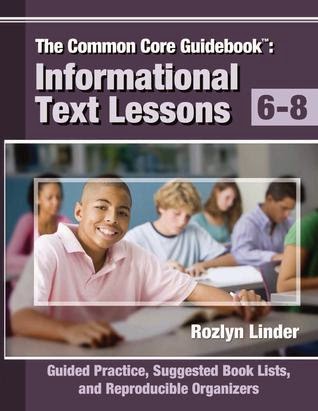Hirtle, Peter B., Emily Hudson,
Andrew T. Kenyon. Copyright & Cultural Institutions: Guidelines for
Digitization for U.S. Libraries, Archives, and Museums. Ithica, NY:
Cornell University Library, 2009.
The development of new digital
technologies has led to fundamental changes in the ways that cultural
institutions fulfill their public missions of access, preservation, research,
and education. Many institutions are developing publicly-accessible websites in
which users can visit online exhibitions, search collection databases, access
images of collection items, and in some cases create their own digital content.
Digitization, however, also raises the possibility of copyright infringement.
It is imperative, therefore, that staff in libraries, archives, and museums
have a good understanding of fundamental copyright principles and how
institutional procedures can be affected by the law. Copyright and Cultural
Institutions was written to assist understanding and compliance with copyright
law. It discusses the basics of copyright law and the exclusive rights of the
copyright owner, the major exemptions used by cultural heritage institutions,
and stresses the importance of "risk assessment" when conducting any
digitization project. Two cases studies (on digitizing oral histories and
student work) are also included.

















